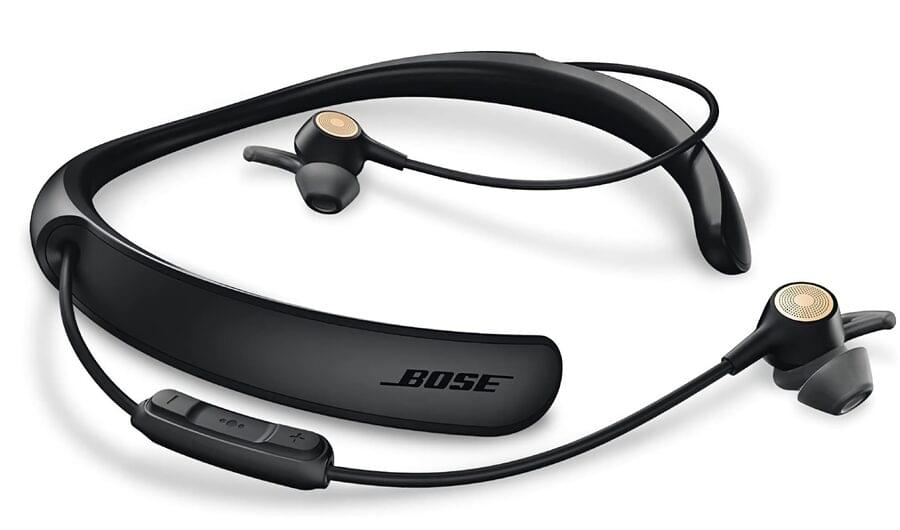Bose
Hardware Ui for breakthrough device to help with hearing loss

Client
Bose, Framingham, Mass.
My Role
- Design
- research
- Stakeholder Interviews
- Discovery Sessions
- User Testing
- Documentation
How might we …
- Create a device that removes the stigma from hearing aid use
- Allow people to reconnect in social situations that are made difficult or impossible by hearing loss
- Guide a user through the setup process to eliminate the need for professional assistance
- Launch a new product category
Unique Challenges
No. 1 | The job to be done is not “hearing”; it’s restoring lost human connections
A hearing aid wasn’t just an engineering problem to be solved. This would be a truly personal item for users, something they would depend on, trust. Users often said “I can hear leaves rustling when I go for a walk” or “I can go out to restaurants with friends again.” This connection would imbue it with true emotional meaning.
No. 2 | Designing an on-device user interface
We didn’t want to replace one problem – diminished hearing – with another: constantly fiddling with a device. Actions needed to be discreet with a simple UI. We designed it to seem almost inert, like a pair of glasses. Simply take it out of the case, put them on and they just work.
Informed by this, button placement and interactions to prioritize became clear. We landed on:
- Assigning hearing-related actions as highest priority and sticking to it
- Allowing the user to return to their optimized hearing settings with a single tap of a capacitive surface – something like a “home” button
- Offloading complicated actions to the connected device
No. 4 | Learning FDA guidelines and then working within them
It was to be the first device of its type submitted to the FDA for approval. That meant that it would define the category of over-the-counter hearing aids that all other products of its type would have to meet.
I went through three days of FDA regulation training. I created product interaction documentation that would be part of the FDA process. I consulted with FDA regulation specialists to make sure my work was meeting requirements.
No. 3 | Creating a whole new category of device
The device was meant to be groundbreaking. As the first over-the-counter hearing aid, the user would be responsible for tuning it to their needs, rather than an audiologist.
This meant creation of tools and a user interface that turned complexity into dead simplicity. Everyone’s ears and hearing loss is a bit different. We arrived at a simple message: trust your ears. If it sounds good to you, then it is tuned properly.
Note While I may talk about the device, I’m not allowed to publicly display renders of the prototypes or designs. The image shown here is of a predecessor device that we used in testing to gather feedback.
Page 1 of 4